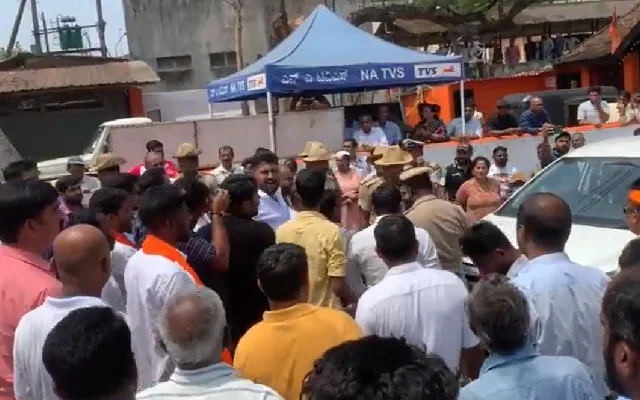New Delhi: The Indo-American Chamber of Commerce (IACC) on Monday flagged points for the smooth transition of the Goods and Services Tax (GST) into a full-fledged tax structure.
Up on the suggestion list of the IACC is the need to bring alcohol and petroleum products within the ambit of the Central GST, said the apex bilateral Chamber synergizing India-US economic engagement.
This should be done in a calibrated manner since more than 60 per cent of the revenues were mobilised through tax realisations from these goods, IACC’s National Vice President Vasant Subramanyan said.
There is a strong pitch by the states not to give up the taxation of these sectors as the revenues from them constitute a major chunk of their resource mobilisation, the IACC said in a statement.
“A pragmatic approach to counter this will be citizens’ pressure for assigning this right to the Centre,” the statement released on Monday added.
Next in the order of importance, according to the IACC, is pruning up the number of slabs in the GST.
World over, GST or similar clone of a comprehensive indirect tax, would either have one slab or at best two.
In India, in effect, there are five slabs zero per cent, five per cent, 12 or cent, 18 per cent and 28 per cent which would make the tax structure complicated and difficult to comply with.
“We have to draw up a roadmap for further pruning the number of rates in a time-bound manner,” IACC’s Finance Committee Chairman S.K. Sarkar said.
“In the given situation, it is prudent to do away with highest slab/s and amalgamate it/them with the next lower slab,” Sarkar said.
The conceptual ambiguity in the GST structure was another important issue that has to be addressed, the Chamber said.
The manufacturing states feel that their interests have been jeopardised under the GST, which is a destination based tax, the IACC noted.
It is important to evolve pragmatic schemes that should address the genuine concerns of manufacturing states in order to shore up their faith in the dispensation, it said.
Small businesses in the manufacturing sector would not have it easy in the GST regime.
Under the excise laws, only manufacturing business with a turnover exceeding Rs 1.50 crore had to pay excise duty.
Under the GST, the turnover limit has been reduced to Rs 20 lakh, increasing the tax burden for many manufacturing Small and Medium Enterprises (SMEs).
Many of the SMEs would find compliance tough and even if they comply with the GST norms, it would be at an additional cost.
Most businesses use accounting software or ERPs for filing tax returns, which have excise, VAT and service tax already incorporated in them.
“The transition to GST will require businesses to change their ERPs either by upgrading the software or by purchasing new GST-compliant software. This will lead to increased costs of buying new software and training employees on how to use it,” Sarkar said.
Another anomaly in the GST structure is in the form of taxing branding packaged edible items if the brand name is registered under the Trade Marks Act. If it is not registered under the act, tax is not levied.
Introduction of the GST is seemingly affecting the textile industry at least in the short run.
It is expected that the tax rate under the GST would be higher than the earlier tax rate for the textile industry. Natural fibres (cotton, wool) which were exempted from tax, would be taxed under the GST.
A significant portion of the textile industry is in the unorganised sector or composition scheme. This creates a gap in the flow of input tax credit since tax credit is not allowed if the registered taxpayers procure the inputs from the unorganised sector.
Also, Composition scheme (turnover up to Rs 75 lakh) for traders, manufacturers and hotels may be done away with since this scheme militates against the GST principle of getting input credit across the supply chain.
In any case, this scheme does not appear to have too many takers, the IACC said.
On the export front, it is important to align two main export promotion schemes in India the Merchandise Exports from India Scheme (MEIS) and the Services Exports from India Scheme (SEIS) with the GST.
Under these schemes, exporters with a certain amount of turnover are provided with duty credit scrips.
These scrips allow for the exemption of duties paid on the import of raw materials.
Under the duty drawback scheme, the exporters are provided with a refund of the customs and excise duties paid on the imported inputs.
The GST legislation has a provision on a duty drawback for these inputs. This implies a refund of the taxes paid on both imported as well as domestic inputs.
The duty drawback scheme helps those exporters who produce goods that are not being taxed but still have to pay taxes on the inputs used in their manufacture.
Due to a higher rate of tax under the GST, exporters might face a cash crunch due to the blockage of working capital.
“In order to address this issue, the Finance Ministry should evolve schemes to fast track process of refund within a stipulated time of say five days,” Subramanyan said.


















